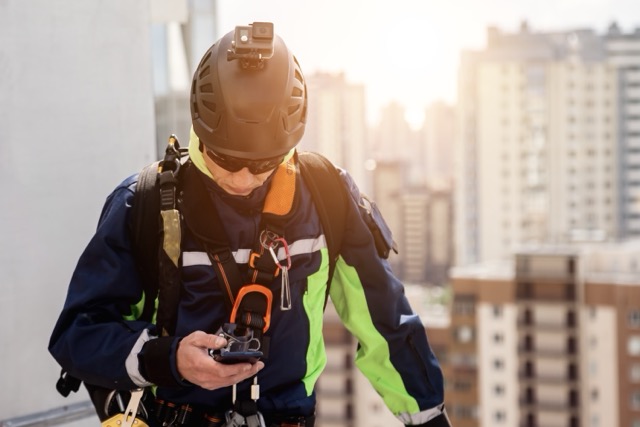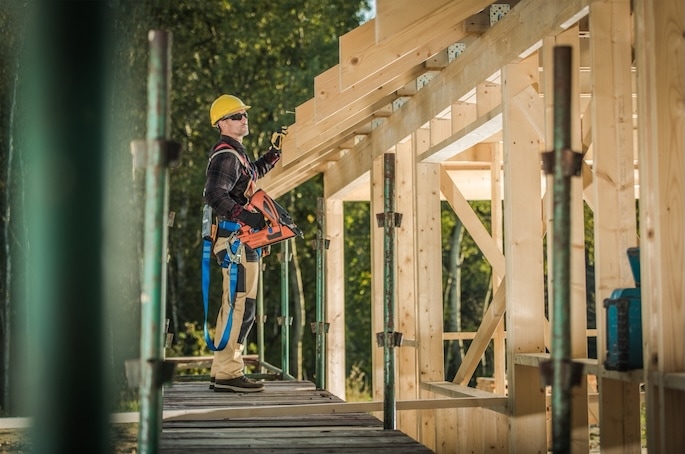The Hidden Dangers of Sun Exposure: Protecting Workers in Outdoor Environments
Understanding the Risks of Sun Exposure
Working outdoors brings many rewards, from the satisfaction of physical labor to the enjoyment of fresh air and natural light. However, prolonged exposure to the sun also carries significant risks. Ultraviolet (UV) radiation from the sun can lead to severe health problems, including skin cancer, heat exhaustion, and dehydration. It is crucial to understand these dangers and take proactive measures to protect workers who spend long hours under the sun.
The Immediate Effects of Sun Exposure
Sunburn is the most immediate and visible effect of excessive sun exposure. Even a short time under the sun without adequate protection can result in painful burns that damage the skin. Beyond the discomfort, repeated sunburns significantly increase the risk of developing skin cancer. Additionally, workers may experience heat exhaustion or heat stroke, conditions that arise when the body can no longer regulate its temperature effectively. Symptoms include dizziness, nausea, headaches, and in severe cases, loss of consciousness.
Long-Term Health Consequences
While the short-term effects of sun exposure are concerning, the long-term consequences are even more alarming. Cumulative UV exposure is a leading cause of skin cancer, the most common form of cancer in many parts of the world. Prolonged sun exposure can also accelerate skin aging, leading to wrinkles, leathery skin, and age spots. Furthermore, chronic exposure to the sun without proper protection can cause eye damage, including cataracts and macular degeneration.
Implementing Sun Safety Measures
To protect workers from the harmful effects of sun exposure, it is essential to implement comprehensive sun safety measures. Employers should provide training on the importance of sun protection and the risks associated with UV radiation. Encouraging the use of broad-spectrum sunscreen with a high SPF, wearing protective clothing, and using wide-brimmed hats and UV-blocking sunglasses can significantly reduce the risk of sun-related health issues.
Scheduling and Breaks
One of the most effective ways to protect workers from excessive sun exposure is through smart scheduling. Whenever possible, outdoor work should be scheduled for the early morning or late afternoon when the sun’s rays are less intense. Providing regular breaks in shaded or cool areas allows workers to rest and cool down, reducing the risk of heat-related illnesses. Access to plenty of drinking water is also vital to prevent dehydration.
Creating a Sun-Safe Work Environment
Employers can take several steps to create a sun-safe work environment. Installing shade structures, such as tents or canopies, in work areas can provide much-needed relief from direct sunlight. Additionally, encouraging a culture of sun safety, where workers feel comfortable taking breaks and using protective measures, is essential. Providing easy access to sunscreen and other protective gear can also make a significant difference.
Monitoring and Adjusting Policies
It is crucial for employers to regularly monitor the effectiveness of their sun safety policies and make adjustments as needed. This includes keeping track of heat advisories and UV index forecasts to plan outdoor work accordingly. Regular feedback from workers can help identify areas for improvement and ensure that the implemented measures are practical and effective.
Conclusion: Prioritizing Sun Safety
The hidden dangers of sun exposure are a serious concern for outdoor workers. By understanding the risks and implementing comprehensive sun safety measures, employers can protect their workers from immediate and long-term health issues. Prioritizing sun safety not only safeguards health but also enhances productivity and morale, creating a safer and more efficient work environment. As the climate continues to change, with rising temperatures and increasing UV radiation levels, the importance of protecting outdoor workers from the sun cannot be overstated.



